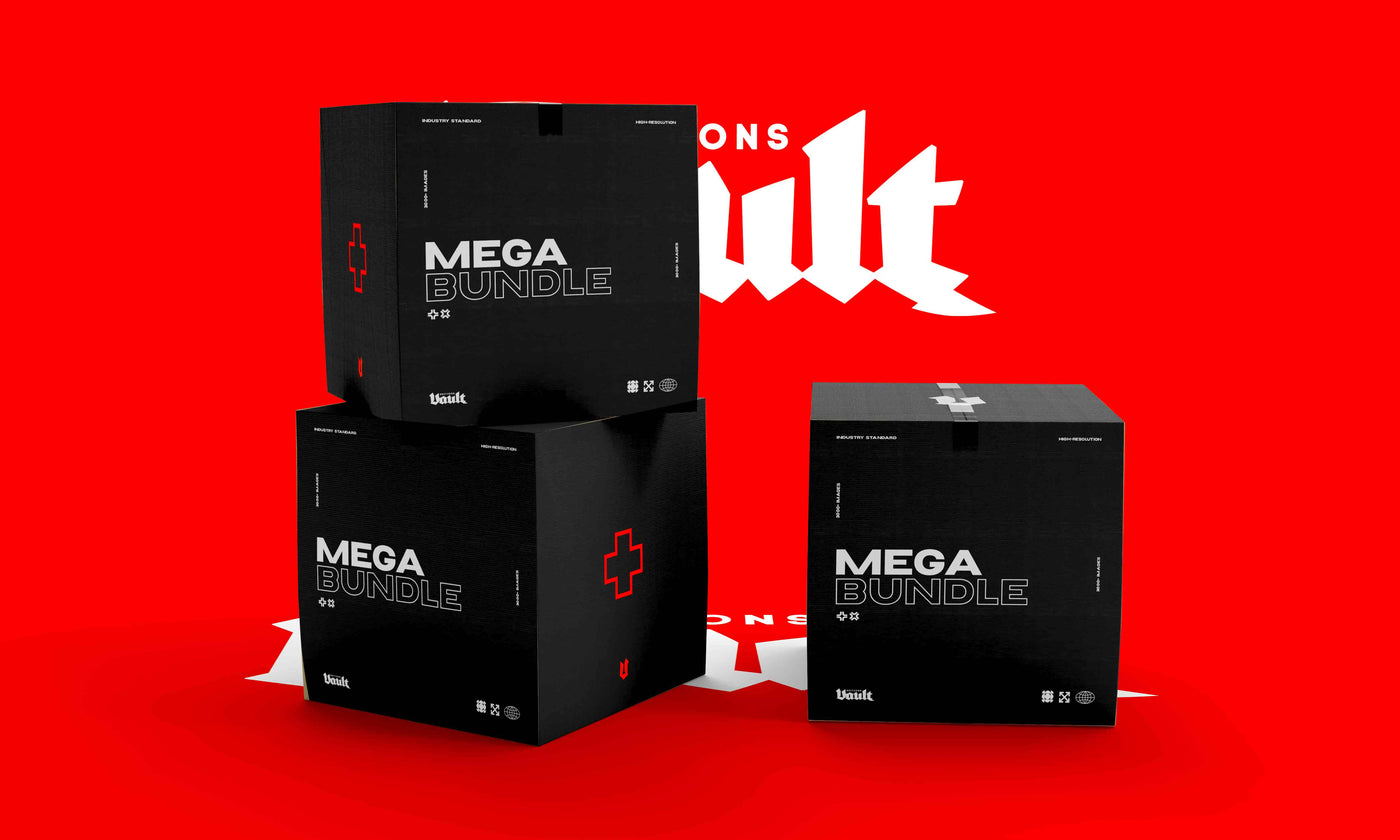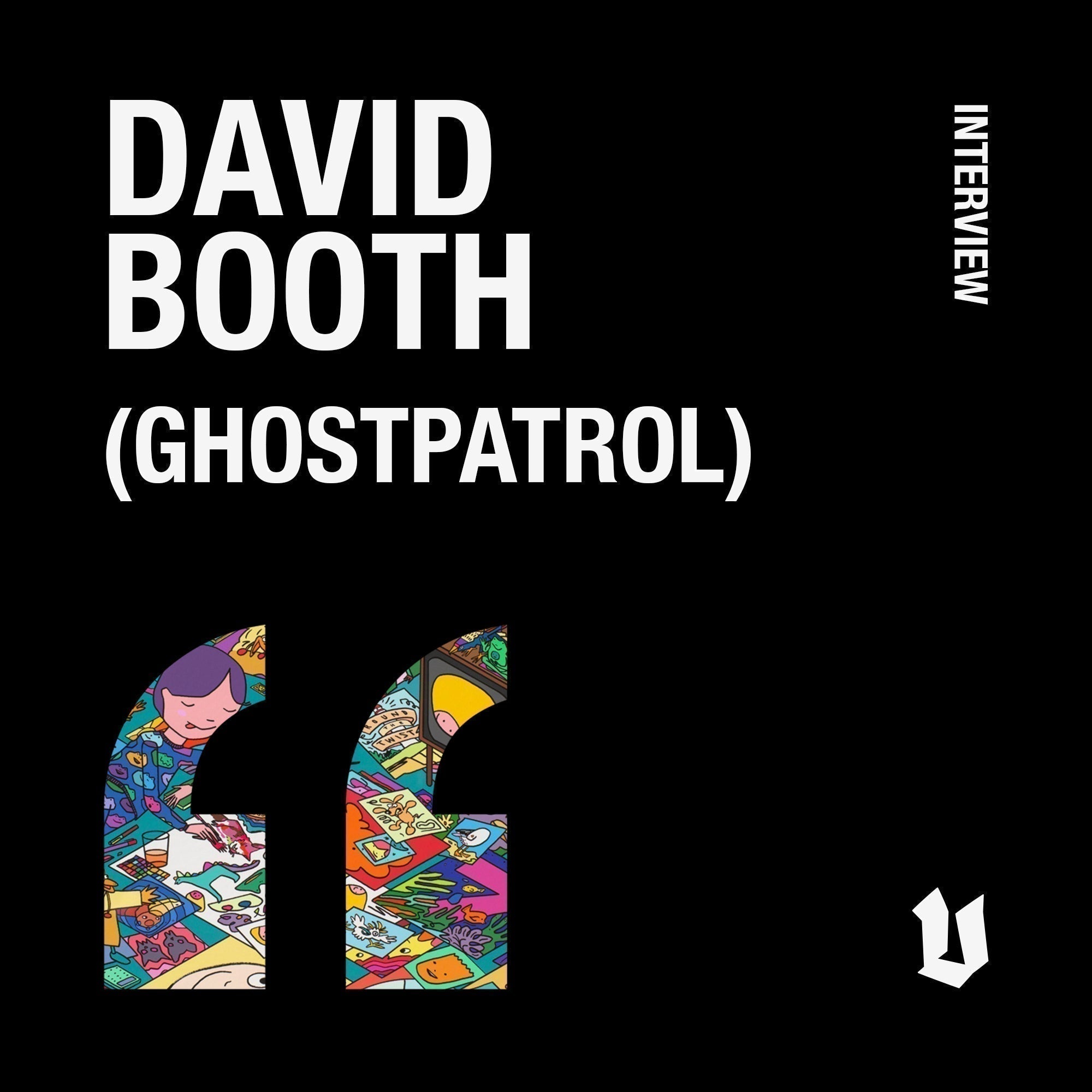Yuko Shimizu is a multi-award-winning Japanese illustrator based in New York City, with over 20 years of experience across a wide range of disciplines. In addition to her illustration practice, she is also an instructor at The School of Visual Arts.
Her clients span major media, publishing, tech, and cultural institutions, including The New York Times, TIME, Newsweek, The New Yorker, WIRED, DC Comics, Penguin, Scholastic, the BBC, Apple, Google, Microsoft, Intel, Universal Pictures, SONY, Paramount, MTV, Nike, Hasbro, Target, the Smithsonian Museum, the Philadelphia Museum of Art, and the Library of Congress.
Yuko is a two-time Hugo Award nominee (2019, 2020) and a recipient of multiple Clio Awards (2023). She was awarded the Caldecott Honor in both 2021 and 2025 for her work on the children’s books ‘The Cat Man of Aleppo’ and ‘Up, Up, Ever Up! Junko Tabei: A Life in the Mountains’. In 2009, Newsweek Japan named her one of the “100 Japanese People the World Respects.”
Vault Editions are huge fans of Yuko’s artwork and her design approach. We’re thrilled to be speaking with her today about her creative practice and learning more about some of our favourite pieces. Let’s go!
 Netflix 'Women in Action' by Yuko Shimizu
Netflix 'Women in Action' by Yuko Shimizu
1. Hello Yuko, you’ve spoken beautifully about finding your personal voice, and I really appreciated this insight you shared in your website FAQ: “Style is not something you can force yourself to look for or find. You are you, different from everyone else, and your personal voice should already be within you. Learn to let that come out in your work.” What helped you learn to trust that process in your own practice?
Thank you so much!
I started like everyone else, desperately looking for “my style” somewhere else outside of me. And I have made a lot of (necessary) mistakes along the way. One of them was getting stuck in a technique of cutting color papers early on. I got really good at it, and every time I showed my work to someone, they often said “This is so cool, I have never seen anything like this before!” which was a blessing and a curse. I loved cutting color papers, and I still do, but deep inside of me I was also starting to realize this technique gave me so many restrictions, due to the complexity of the process. The better I got and the more I got compliments, the more I felt I got stuck and trapped in this “unique technique”. At the end, I had to make a decision to drop this way of making artwork, and explore a more open-ended way of making art with more possibilities and room to grow.
You can give me color papers and a box knife, or just a Sharpie marker or a ballpoint pen. I can make something. Learning not to get stuck in the gimmick was liberating. Then that let me look deep into myself, who I am, why I make art, what I want to express…, things got so much easier. Of course, it was still a long process to get to where I am today. But being open, listening to my inner voice, paying attention to where the world is heading…, and keep making work, finish a work, then review what I did right and what can be improved, what I should challenge myself to next… they kind of come together as my work.
It was an early learning lesson. Other young artists* ( * when I say “young” this solely means less experience or early in stage, and not refer to their age. I started my artist path late), though their techniques may be completely different from what I did, it is a typical trap many fall into. Early praise that their work looks and feels unique is a welcoming ego boost we need to keep it going, but also can be a trap, can be a gimmick. The bottom line is, if what we do traps us more than lets us grow, then it is time to get out and move on. Being an artist is a way of life, whether it is done professionally or not. In order to keep growing as an artist for a long time, we must seek bigger possibilities.
 'The Second Wind' illustration for Global Custodian magazine by Yuko Shimizu
'The Second Wind' illustration for Global Custodian magazine by Yuko Shimizu
2. You created Pandabear Girl, the first female Asian-American superhero. Can you tell us about how she came to life? What inspired her, and what was the process of developing her character like?
Ha ha. It was an early personal work. I did for someone’s calendar book. Maybe the year I graduated, 2003? I did it for free, but it gave me an unexpected early boost for me. People generally liked it, though they didn’t know how to use me for illustration work. And, that was a good start. I made a bunch of large scale post cards and sent them out to potential clients I wanted to work with, and it kind of worked.
Back then, not many non-Asians knew the differences between Japan / China / Korea, etc. And there was so many stereotypes about (and sadly, there still is some…) East Asian female being submissive. So, I wanted to make an image of a kick-ass super heroine who is a mishmash of all things East Asia. The title is written in completely broken Catonese, she wears stereotypically Chinese iconographies, but also, the whole image evokes Japanese ukiyo-e….
Illustration, my occupation, is not about making pretty pictures, as many people may assume that is what we do. Most of our job is about coming up with a good concept/narrative/story and making them into a single picture. I was still learning to come up with good ideas, and this early work, focusing on what I was feeling on a regular basis as a new Asian female immigrant to New York and materialize that into a picture, really helped me have fun, and learn to be a good illustrator at the same time.

'Panda Bear Girl' by Yuko Shimizu
3. In your reinterpretations for the Warner Bros project, you created a Japanese Wonder Woman, a samurai Superman, and connected Bruce Lee in ‘Enter the Dragon’ to dragon water deities from Japanese and Chinese mythology. How did you decide which cultural elements to highlight in each character?
Those were for WB’s 100th anniversary, and each artist was given a lot of freedom. At the initial meeting with the client, I was like “How much freedom do I have? Like, I can make a Japanese Superman and Wonder Woman? Is that even OK?” They said sure it is. I wasn’t thinking that was what I was going to do. I asked the question to see how free is the freedom I got. And then I was like… OK, if that’s cool, maybe I will do that?
The Enter the Dragon piece was a lot more of a logical thinking process. He is the dragon, and he is known to have said “be water”, I put them together into an image.

'Samurai Superman' by Yuko Shimizu
4. With AI making it possible for anyone to generate artwork in any style, there’s been a shift in the amount of work available for commercial illustrators. But despite this, it is a powerful and important statement for companies to choose to work with a real artist; it signals good faith, personal taste, and a commitment to elevated production. How do you think illustrators can best position themselves in this changing landscape? And do you think having a strong personal presence online, as you do, helps emphasise the human side of your work?
It is technically not true that artwork in any style can be created by AI. AI can mimic a lot of styles, but it is usually done very poorly. Where AI excels is when there are a lot of similar styles to be scraped off the internet. For example, I feel like certain anime styles and fan art styles are very well executed, because there are so many samples to scrape off and learn. I have seen some crazy good, bizarre anime-style AI creations that, honestly, blew my mind.
What does this mean? I don’t have a crystal ball to predict the future, but here is something I can say at this point. If you are an artist and you are serious about your own survival, it's time to ditch a lazy attitude. Are you doing something everyone else is already doing? Are you doing work that is easy to predict? Bad signs. Time to start making artwork that is hard to predict. AI may be able to, and get better at, stealing styles. But they cannot steal what you have not created yet. And if you make your artwork unpredictable even to yourself, they can’t compete with you. Again, art is not just about making pretty pictures, it is about the artist’s thinking process and idea skills.

'The Cure' gig poster for Bogotà, Colombia, 2023 by Yuko Shimizu
5. You’ve mentioned that travel and people-watching inspire you more than looking at other art. Has a recent experience, like a place you visited, an interaction, or even a new discipline, sparked something that influenced how you approached a current piece?
Don’t get me wrong, plenty of art has influenced my work over a long time, I have been making pictures. It is just once you become a professional at what we do, then we can no longer get influenced by something or someone who is in the same/similar field. At least, you can’t if you want to reach a certain level in your career. If you are looking at others in the field, you can only get as good as or as worse as what your heroes are creating. No thanks.
There is no art that is not affected by our life experiences. And it is our human nature to get into a comfortable routine. Routine is the death of growth. Growth is the lifeline of art.
I love to travel, but I also get stressed out before I travel out. Every time. Then, once I land where I land, I feel fine and start absorbing. Of course, if I go somewhere stunning, that’s very stimulating to my brain. But also it does not need to be that complex. I love experiencing public transportation in different cities, for example. They all somehow function in completely different ways that are very confusing. But once I learn why it works the way it works, it suddenly makes sense. It breaks the logic I already know. It messes with my brain, but I learn a different logic. And THAT, is more inspiring than just to go to a beautifully instagrammable place. Let my brain learn a new way.

The New Yorker digital cover 'Waiting For Spring' by Yuko Shimizu
6. If we dropped by your studio today, what soundtrack would we hear? Music, podcasts, or something else entirely?
I work alone for long hours each day. So, I have WNYC on the background most of the time to keep up with what’s going on in the world out there.

Bjork portrait by Yuko Shimizu
7. You’ve illustrated cards for Magic: The Gathering, which has such a passionate and detail-oriented fanbase. Was there a particular card or character you especially enjoyed bringing to life, whether for its lore, its visual potential, or simply the mood it allowed you to explore?
They are some of the nicest clients I am fortunate to have. Initially, they approached me, I thought “OMG, this is so not for me, I can just try this one time and see how I feel”. Then they were really good at reminding me, “We didn’t contact you to recreate the look or styles we have done in the past. We contacted you because we like what you do. Don’t change a thing!” And, that has been a blessing.
I don’t really read sci-fi or fantasy books so much now, but I was a huge sci-fi fantasy nerd growing up, and I had piles of books when I was younger, most of them I bought because of their cover art.
So, it is like, I am living teenage-me’s dream. And that’s very nice.

'Caradora, Heart of Alacria' Magic: The Gathering card by Yuko Shimizu
8. You’ve won numerous industry accolades, including multiple Clio awards, nominations for Hugo Awards, and induction into the Society of Illustrators Hall of Fame (which has also awarded you 15+ medals), and many, many more. Are there quieter, personal wins that have meant just as much to you?
I do work in the industry, so industry awards do mean a lot, and sometimes potential clients trust me more because of those recognitions.
But the best thing is when I respect someone and they say they like my work. That was and is my ultimate goal. To get respect from those who I respect. That’s as good as, or even better than any big award.

The Walrus summer reading issue magazine cover by Yuko Shimizu
9. You are very generous with your time and advice, sharing many of your insights with emerging illustrators through your website FAQ, Instagram, and teaching at the School of Visual Arts, in your workshops, and online. Has there been a mentor or teacher in your life who had a lasting impact on your own learning? How did they help shape your path?
I was lucky to have so many great instructors who helped me from day one of my time as a new art student at SVA. Probably the first best advice I got was from Judie Linhares, who was my first year painting instructor, who told me to pay attention to drawings inside my sketchbooks when I am not doing classwork, and be in peace with the way I create I cannot change, which may be an honest representation of who I am. that was the second semester in my first year back in art school which opened up my eyes.
I learned how to include fine art painting way of conceptual thinking from Marilyn Minter who was my second year painting teacher, lots of incredible advice from Thomas Woodruff who was the chair of the illustration department when I was teaching, then long years after I started teaching (who also hired me for the teaching position), Marshall Arisman who was the chair of the MFA illutration program, Mirko Ilic, David Sandlin…. I can keep going, but they really changed the way I face my own artwork, and eventually how I teach.
Every first year of the school year, or when I teach a weekend workshop somewhere, I often tell my students I teach to pay forward, because I got so much help from those who taught me, and so I am obligated to do the same.

Illustration from 'The Cat Man of Aleppo' by Yuko Shimizu
10. Finally, is there a book (art-related or otherwise!) that's had a lasting impact on you or your creative process?
Thank you so much for your time today Yuko! We’re looking forward to staying up to date with all your latest work.

Garbage portrait for Rolling Stone magazine by Yuko Shimizu
DISCOVER MORE OF YUKO'S WORK
 Netflix 'Women in Action' by Yuko Shimizu
Netflix 'Women in Action' by Yuko Shimizu 'The Second Wind' illustration for Global Custodian magazine by Yuko Shimizu
'The Second Wind' illustration for Global Custodian magazine by Yuko Shimizu












